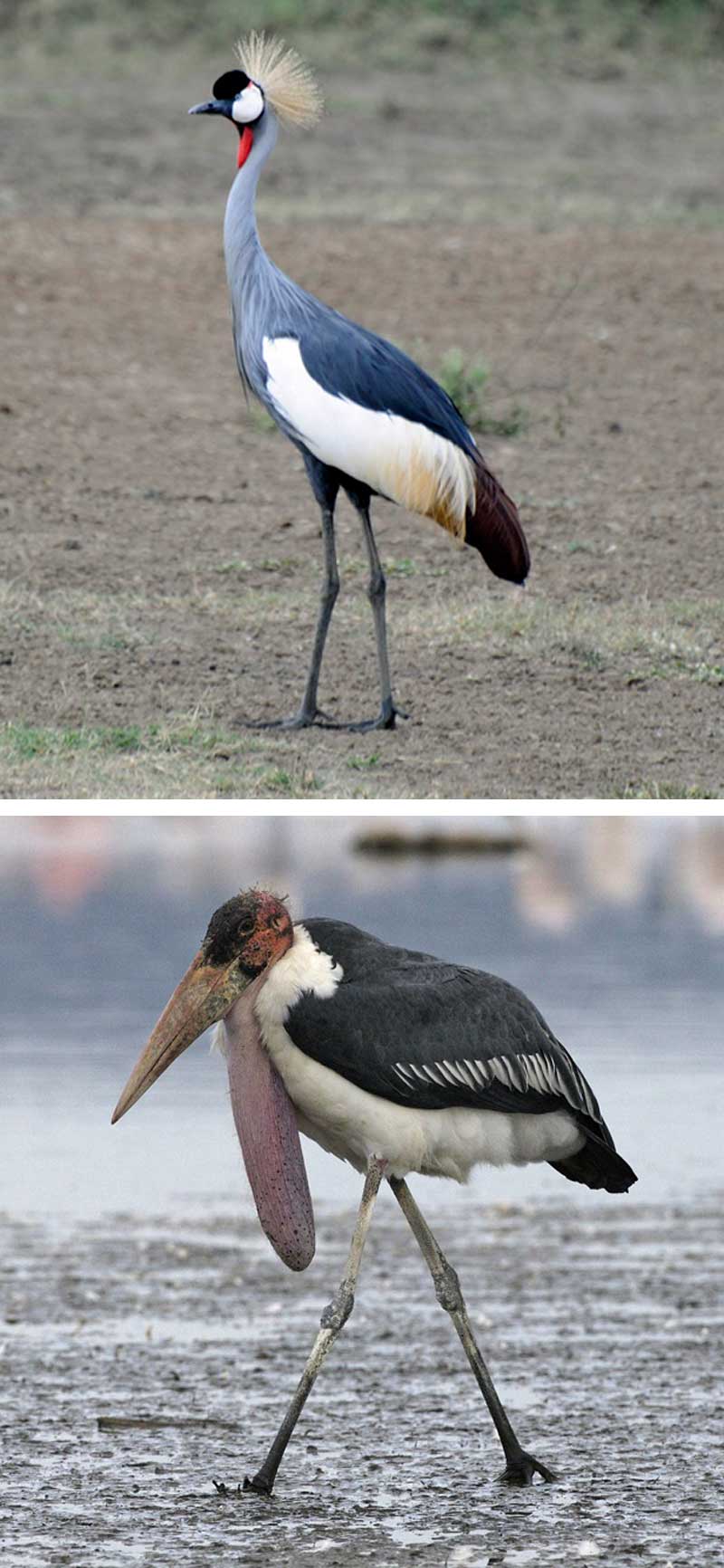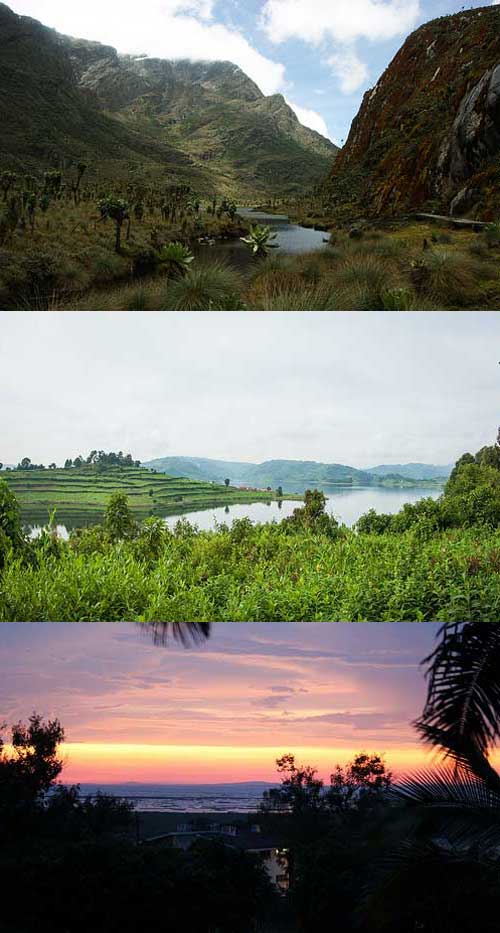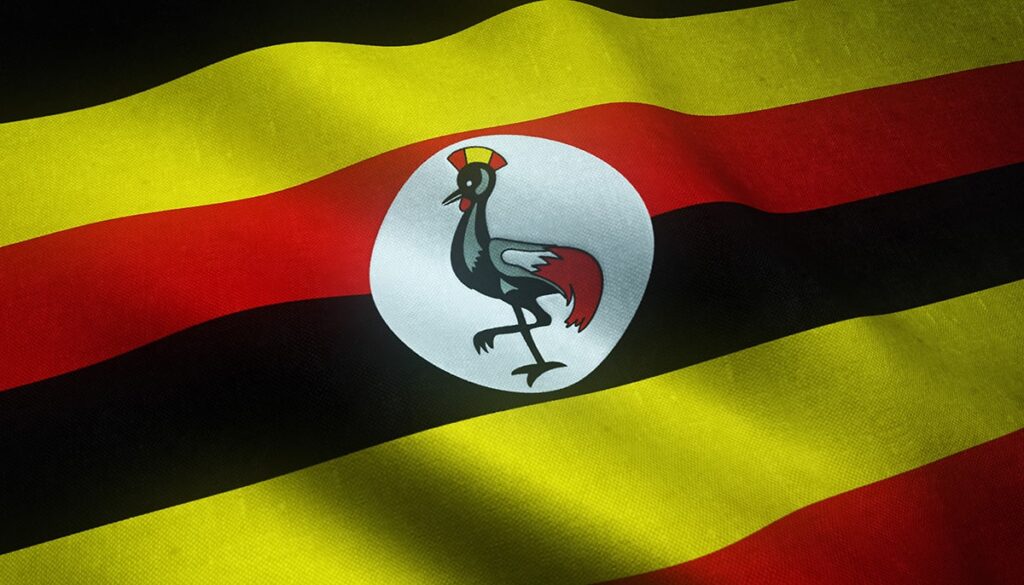1. The Pearl of Africa: Uganda is also known as the ‘Pearl of Africa’ – a term coined by British statesman Sir Winston Churchill to describe the country’s many beauties: snow-capped peaks, green hills, deep forests and crystal clear lakes
2. Independence: Uganda gained independence from the UK in 1962 (Uganda was not a British colony like Kenya, but a British protectorate)
3. National anthem and motto: Uganda’s official motto is: ‘For God and my Country’. The national anthem is ‘Oh Uganda, Land of Beauty’
5. National bird: The gray crowned crane is Uganda’s national bird. However, the not-so-pretty Marabou stork is the most common bird in the country

Fact: Uganda’s national bird is the gray crowned crane (top). The most common bird, however, is the less attractive marabou stork (bottom)
6. Languages: Around 40 languages are spoken in Uganda. The African languages in the country can be divided into 3 language families: Bantu (Niger-Congo languages), Nilotic languages (Nilo-Saharan languages) and the Central Sudanic languages (the latter is considered by some to be part of the Nilotic languages). English is the country’s official language and Ugandan English is a local dialect of it. Swahili and Arabic are also among the 40 languages spoken in Uganda
7. Bananas: Uganda is the world’s second largest producer of bananas, second only to India. Uganda produces approximately 11.1 million tons of bananas every year, while India produces 29.7 million tons (8% and 20% of world production respectively). Besides bananas, Uganda is also known for its tasty pineapples
8. Fast food: The Ugandans’ favorite fast food is called ‘rolex’ and is a kind of egg pancake with everything from vegetables to sausages. The name comes from a quick pronunciation of the English ‘roll of eggs’ in Luganda. Gastronomically, the rolex is best compared to a rolled omelette or an egg burrito
9. Meat stew: Ugandans love meat stews – i.e. stews that are rich in meat and include offal such as liver, stomach, intestines, etc. Nothing goes to waste!
10. Alcohol: Among all African nations, Uganda has one of the highest alcohol consumption rates. The most common alcoholic drink is ‘waragi’, which is a type of moonshine gin (‘waragi’ is a term for moonshine). Many of the alcoholic drinks in Uganda are made from bananas
11. Lake Victoria: Africa’s largest lake, Lake Victoria, lies on the borders of Uganda, Tanzania and Kenya. US President Barack Obama’s father (Barack Hussein Obama, Sr) was born on the shores of Lake Victoria

Sir Winston Churchill called Uganda the “Pearl of Africa” due to its diverse nature and beautiful landscape





